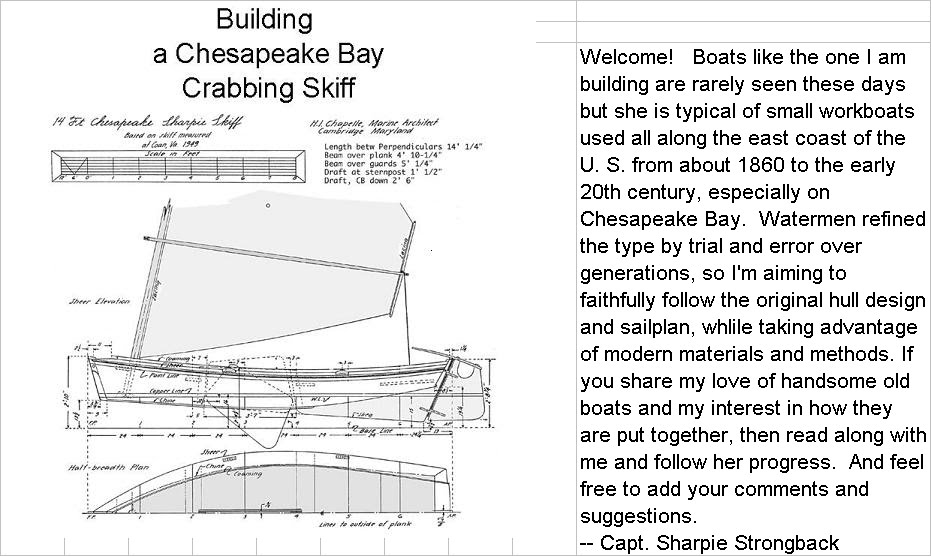Though silent for a few days, I have not been idle. I was late ordering the fabric to cover the deck, and while waiting for it I have been prepping the deck. I filled all the screw holes and faired the joints between the three deck pieces, sanded it all, and did a second round of filling and sanding. I also sanded the outside edge of the deck to about a 1/4" radius, so the fabric does not have to make a sharp turn. Filling and fairing the joint between the deck and the coaming was a multi-step process. In places, the crack was as much as 3/16" wide so I was concerned that filler might sag and drip through. I cut fiberglass drywall seam tape into strips and stuck it up underneath the joint between the frames. I put a mixture of epoxy putty in a zip-lok bag, snipped off one corner, and squeezed a bead of filler into the joint as if I were decorating a cake. After it started to cure, I peeled off the drywall seam tape before it stuck permanently. Today, after that filler was well hardened, I repeated the process to make a smooth fillet in the joint. The purpose of the fillet is to provide a radius for the fabric to turn the corner from the deck to the coaming. Finally, I masked the topsides to protect against dripping epoxy. All that done, the deck is smooth, fair, and ready for fabric covering:
The fabric arrived this morning, just-in-time, and I laid it out this afternoon, trimmed it, and taped it in place. Rather than fiberglass cloth, I am using xynole polyester fabric because it is more flexible, and will more easily go around the outside corner of the sheer and the inside corner of the deck/coaming joint. The deck is ready now for the fabric to be set in epoxy. I hope it doesn't get rainy or windy tonight.
After I apply the first coat of epoxy and it starts to set up, I will trim it at the top of the coaming and just over the edge of the deck on the topsides, which will later be covered by the rub rail.
I spent all day Saturday working on the rigging. I laid out the mast and the sail in the yard and planned how it can all go together. I made lanyards for the reef points and tied them in place. I laced the luff to the mast, as the plans show, and figured out how I will tie the ends. Likewise, the little club spar laces to the aft end of the sail, and I spent a long while figuring how to secure it without a tangle of knots. The forward end of the sprit has a hole for the snotter line, which runs up to a block on the mast and down to the deck where it will be cleated, somewhere. I need to buy line for the halyard and for the sheet. Over the last few days I made a wooden block for the mainsheet. The picture shows it secured to the aft end of the sprit; the loose loop of line will fit around the club. If it works well I may make two more wooden blocks, for the halyard and for the snotter. Of course, when I try it all out I may find better solutions.
Today I bought what I expect will be the last of the wood. I got a pretty piece of ipe, a dense hardwood from South America. Ipe has pretty much taken over from teak, which has gotten extremely expensive and which now comes mainly from Burma, a country I would just as soon not patronize. It which will be the part of the tiller which fits over the top of the rudder. It will be varnished, like the existing tiller, which will fit into it. I also bought a long piece of straight-grained yellow pine for the rub rails. I'll work on those pieces, and the rudder, after I get the deck fabric coating going.




No comments:
Post a Comment